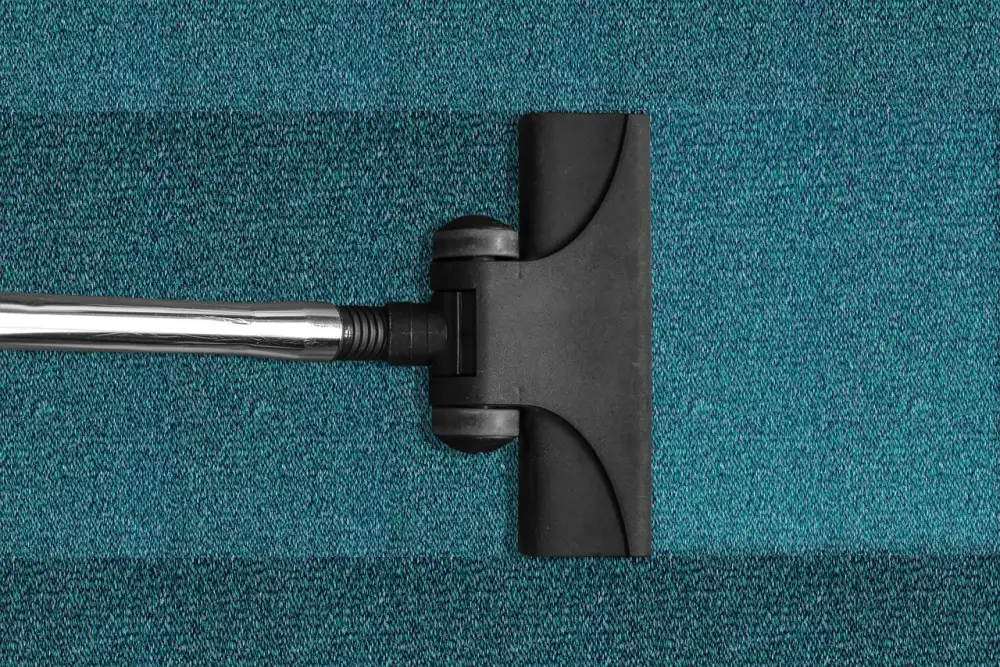How to Clean a Cast Iron Skillet: Tips for Maintaining Your Kitchen Essential

- Gather materials: coarse salt, paper towels, hot water, mild dish soap.
- Let skillet cool down after use.
- Sprinkle salt on skillet surface.
- Scrub with paper towels to remove food residue.
- Rinse with hot water.
- Avoid using harsh scrubbers or dishwashers.
- Dry thoroughly with paper towels.
- Apply a thin layer of oil to prevent rust.
- Store skillet in a dry place.
Gather materials: coarse salt, paper towels, hot water, mild dish soap.
To properly clean a cast iron skillet, it is essential to gather the necessary materials beforehand. You will need coarse salt, paper towels, hot water, and mild dish soap. These items will help you effectively remove any food residue without damaging the skillet's seasoning. Coarse salt acts as a gentle abrasive to scrub away stuck-on bits, while paper towels are absorbent and disposable for easy cleanup. Hot water helps to loosen debris, and mild dish soap ensures thorough cleaning without stripping the skillet's natural oils. By having these materials on hand, you can maintain your cast iron skillet in top condition for years to come.
Let skillet cool down after use.
After using your cast iron skillet, it's important to allow it to cool down before cleaning. This step is crucial to prevent any potential damage to the skillet or injury to yourself. Cast iron retains heat for a long time, so be cautious when handling it after cooking. Letting the skillet cool down also makes it easier to clean as hot surfaces can cause food particles to stick and become more difficult to remove. So, once you're done cooking, simply set aside the skillet and wait until it reaches a safe temperature for handling before proceeding with the cleaning process.
Sprinkle salt on skillet surface.
After letting your cast iron skillet cool down, the next step in maintaining it is to sprinkle a generous amount of coarse salt on the surface. The coarse salt acts as an abrasive agent that helps to lift off any stuck-on food particles without damaging the skillet's seasoning. Make sure to cover the entire surface of the skillet with salt, focusing on areas with stubborn residue. This method is gentle yet effective in cleaning your cast iron skillet without the need for harsh chemicals or scrubbers.
Scrub with paper towels to remove food residue.
After letting your cast iron skillet cool down, it's time to tackle the food residue. Sprinkle a generous amount of coarse salt onto the surface of the skillet. The abrasiveness of the salt helps to loosen any stuck-on bits of food without damaging the skillet's seasoning. Using a paper towel, scrub the surface in circular motions, focusing on areas with stubborn residue. The salt will absorb the grease and grime, leaving your skillet clean and ready for rinsing. Remember to avoid using harsh scrubbers that can strip away the skillet's seasoning layer.
Rinse with hot water.
After scrubbing the cast iron skillet with salt to remove any food residue, the next step is to rinse it thoroughly with hot water. The hot water helps to wash away any remaining salt and food particles, leaving the skillet clean and ready for drying. Be sure to use hot water as it helps to loosen any stubborn bits of food that may be stuck on the surface of the skillet. Rinse both the inside and outside of the skillet under running hot water until all traces of salt and food are removed.
Avoid using harsh scrubbers or dishwashers.
When cleaning your cast iron skillet, it's important to avoid using harsh scrubbers or dishwashers. These can strip away the skillet's seasoning, which is a natural non-stick coating formed by oil bonding to the skillet's surface. Instead, opt for gentle methods like using paper towels and coarse salt to preserve the seasoning and prevent damage to your skillet. Harsh scrubbers can also scratch the surface of the skillet, making it more prone to rusting over time. By sticking to mild cleaning techniques, you can ensure that your cast iron skillet remains in top condition for years to come.
Dry thoroughly with paper towels.
After rinsing the cast iron skillet with hot water, it is crucial to dry it thoroughly to prevent rusting. Use paper towels to wipe the skillet inside and out until all moisture is removed. Make sure to pay extra attention to the handle and any crevices where water might linger. Properly drying the skillet will help maintain its seasoning and prolong its lifespan. Avoid air-drying as this can lead to rust formation.
Apply a thin layer of oil to prevent rust.
To prevent rust and maintain the seasoning of your cast iron skillet, it's crucial to apply a thin layer of oil after cleaning. Once the skillet is completely dry, use a paper towel to spread a small amount of cooking oil or melted shortening all over the surface, including the handle and exterior. This protective layer helps to seal the iron from moisture in the air, preventing oxidation and rust formation. Remember to store your oiled skillet in a dry place to keep it in top condition for years to come.
Store skillet in a dry place.
After cleaning and drying your cast iron skillet, it is crucial to store it properly to prevent rusting. Store the skillet in a dry place away from any moisture to maintain its seasoned surface. Moisture can lead to rust formation on the skillet, compromising its quality and affecting the flavor of your dishes. Avoid stacking other cookware on top of the skillet as this can trap moisture and promote rusting. By storing your cast iron skillet in a dry place, you will ensure that it remains in excellent condition for years to come.
Published: 07. 04. 2024
Category: Home



